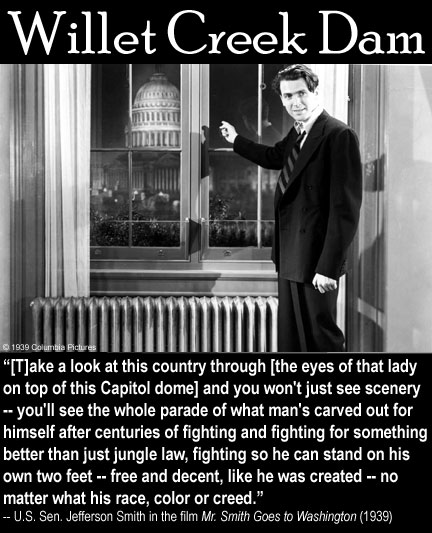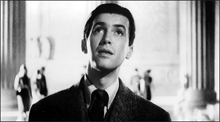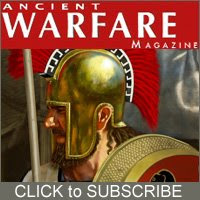 Republican members of the U.S. House of Representatives customarily knock each other over and then crawl over their colleagues’ bodies to be identified with their self-proclaimed political godfather, Ronald Wilson Reagan. But on Monday, September 29, 2008 those same “Reagan” Republicans abandoned their affinity for one Republican president in favor of another who usually never gets mentioned in the GOP Presidential Pantheon of Greatness. Today they emulated Herbert Clark Hoover by rejecting the financial rescue plan.
Republican members of the U.S. House of Representatives customarily knock each other over and then crawl over their colleagues’ bodies to be identified with their self-proclaimed political godfather, Ronald Wilson Reagan. But on Monday, September 29, 2008 those same “Reagan” Republicans abandoned their affinity for one Republican president in favor of another who usually never gets mentioned in the GOP Presidential Pantheon of Greatness. Today they emulated Herbert Clark Hoover by rejecting the financial rescue plan.It doesn’t really matter if the real culprits were Nancy Pelosi and her Democrats. It doesn’t matter that Barack Obama has offered inspired leadership the equivalent to a “present” vote. Republicans will be blamed for this neo-Hooverism, lack of leadership and failure to take control of the hemorrhaging on Wall Street. What good was all the handwringing about the potential costs of the “bailout” reaching as high as $700 billion when there’s an actual one-day evaporation of over $1 trillion in market value right after the bill goes down? John McCain’s courageous gambit last week now looks meek and enfeebled.
Will we look back this week as the week Barack Obama won the presidency? The conventional wisdom has been, like with Reagan in 1980, Obama has to reassure America that he is ready to be president and that he is not too risky to be given the power of the presidency. Who knew that the Republicans would deliver that verdict to Obama by default through their own demonstrated lack of seriousness and statesmanship?










